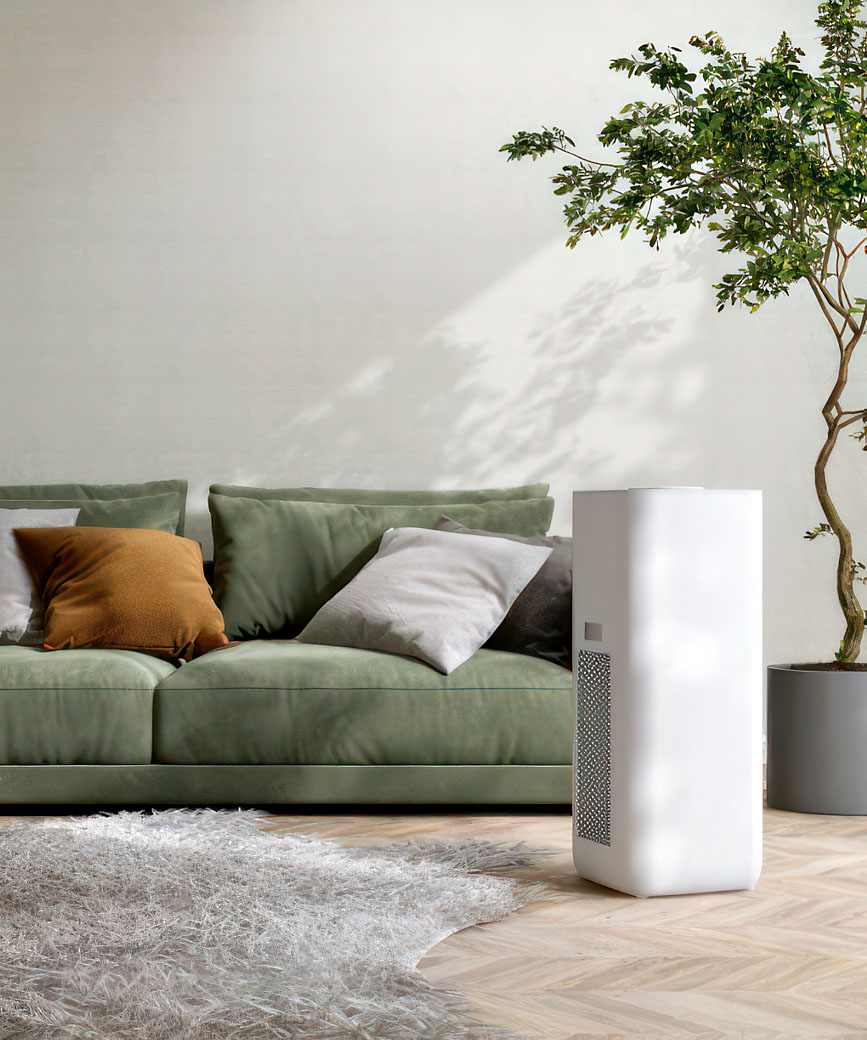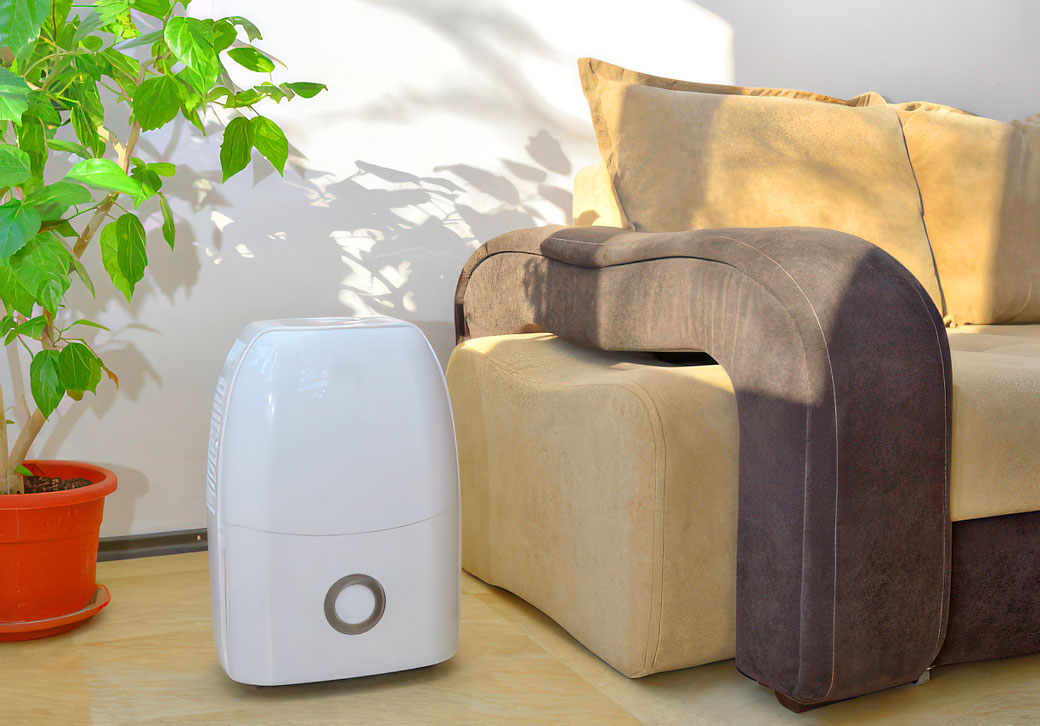
Pet Owners` Guide to Cleaner Air: How to Manage Pet Dander Effectively
As a pet owner, you love your furry friends, but you might not love the dander they leave behind. Pet dander, which consists of tiny flecks of skin shed by cats, dogs, and other animals with fur or feathers, can be a source of indoor air pollution and can trigger allergies and asthma symptoms in sensitive individuals. In this comprehensive guide, we'll explore the sources of pet dander, its effects on indoor air quality, and effective strategies for managing and reducing pet dander in your home.
Understanding Pet Dander
Pet dander is a common allergen that can be found in homes with pets. It consists of tiny, lightweight particles that can easily become airborne and settle on surfaces throughout your home. Even if you're not allergic to pets, pet dander can still be a nuisance, as it can contribute to dust buildup and make cleaning more challenging.
Effects of Pet Dander on Indoor Air Quality
Pet dander can have several negative effects on indoor air quality:
- Allergies: Pet dander is a common allergen that can trigger allergic reactions in some people, including sneezing, coughing, and watery eyes.
- Asthma Symptoms: For individuals with asthma, exposure to pet dander can worsen asthma symptoms and lead to difficulty breathing.
- Poor Air Quality: Excessive pet dander can contribute to overall poor air quality in your home, which can have a negative impact on your health and well-being.
Managing Pet Dander
While it's impossible to completely eliminate pet dander, there are several strategies you can use to manage and reduce it:
- Regular Grooming: Brushing your pets regularly can help remove loose fur and reduce the amount of dander they shed.
- HEPA Air Purifiers: High-efficiency particulate air (HEPA) purifiers can effectively capture and remove pet dander from the air.
- Vacuuming: Use a vacuum cleaner with a HEPA filter to vacuum your home regularly, paying special attention to areas where your pets spend the most time.
- Air Filtration Systems: Consider installing a whole-house air filtration system to help remove pet dander and other airborne pollutants from your home's air.
- Washing Pet Bedding: Regularly washing your pet's bedding in hot water can help remove dander and other allergens.
- Avoidance: If you're allergic to pet dander, consider limiting your exposure to areas where your pets spend the most time, such as bedrooms or living rooms.
Conclusion
Managing pet dander is an important part of maintaining a healthy indoor environment, especially for pet owners and their families. By following the tips outlined in this guide, you can effectively manage and reduce pet dander in your home, improving indoor air quality and creating a healthier living space for you and your furry friends.
Trending Articles











